French Fashion: This Spring’s Best Parties
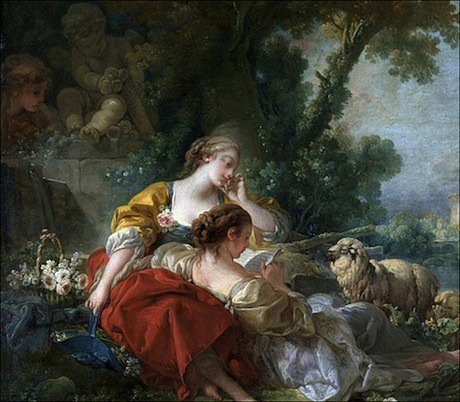
Thu 10 Apr 2014
What makes a really romantic Paris party? Start with a garden, import some pretty girls and add flirtatious fellows. Then, start the music. Voilà! You have a fête galante, the height of French fashion almost 300 years ago. It’s the subject of From Watteau to Fragonard, a stylish new show at Musée Jacquemart-André.
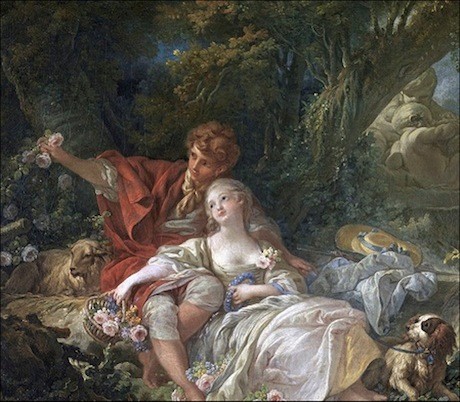
All images are courtesy Musée Jacquemart-André.
This is an exhibition bursting with élan and elegance. It has key pieces from all the stars of the genre, great names such as Watteau, Boucher and Fragonard. All of the painters are legendary but Watteau is the absolute star. After all, he was the artist who pioneered the fête galante—a concept which made him famous and gave French art a rich new theme.
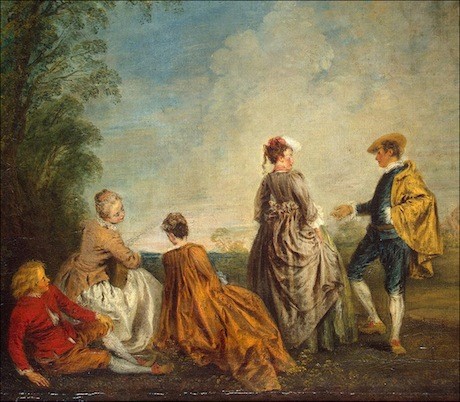
What Watteau changed was painting’s classic scenario. The usual collectors’ formula would offer gods and goddesses at play in a garden. By starting to replace such celestial beings with posh Parisians, Watteau created his own Lifestyles of the Rich and Famous. It was a masterstroke that soon seduced the public, all of whom wanted a peek at rich folk misbehaving. Watteau, who was a fan of the theater, added celebrity portraits—images of friends who were popular actors and musicians.
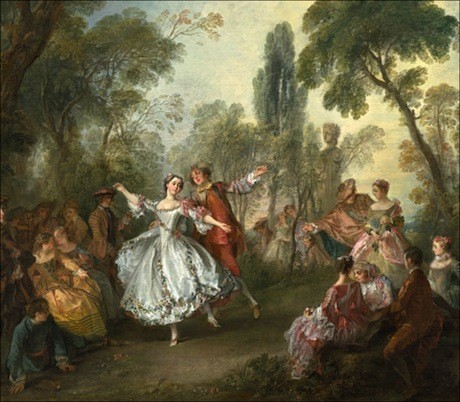
The fête galante also marks an important point in Paris history. After the death of Louis XIV in 1715, the real action started to move away from Versailles. Although the court remained there, Paris slowly became the country’s center. The city was busy with a boom in the fashion and luxury trades, both of which contribute to these visual stories.
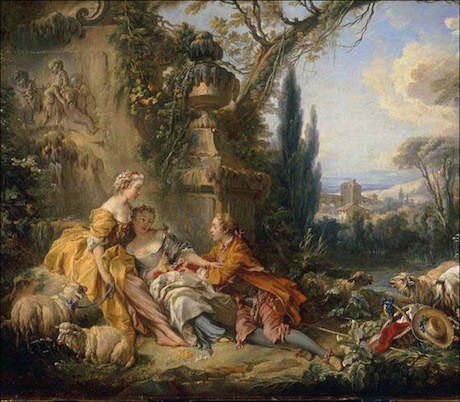
What really made these painted picnics and dances so popular? People loved the mirror they held up to modish lifestyles—but they liked the sexiness even more. For, in addition to their riches and celebrity cameos, all the paintings have a strong erotic subtext. At their very heart is the thrill of les liaisons dangereuses.
This show lets you goggle as much as the art’s first viewers ever did. But, amid all the satin slippers and heaving bosoms, you will detect something they could not have seen. It’s a shadow of the payback yet to come—the guillotine. For as they grow more frivolous, these fantasies flee reality and we now know where that led.
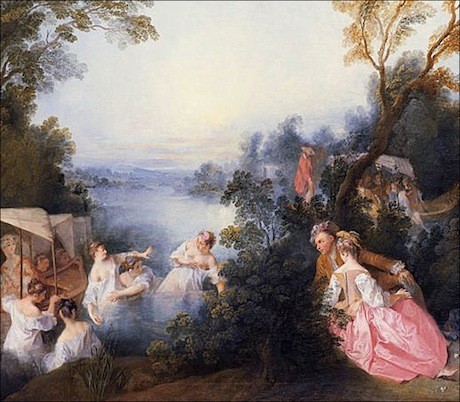
Although Watteau’s masterpieces are airy, ideal and elegant, the artists who follow in his footsteps started to tweak his recipe. Lancret added sport; his works are full of hunters and bathers. Boucher went further, turning out bold scenes that put the passion in pastoral. (Accused of sleeping with every model, he was rumored to work as a pimp.) It took Fragonard to add a lighter touch, by focusing less on sensuality and more on romance.
One of the girliest Paris shows in recent memory, this is quite a brilliant bouquet. You won’t see finer spring flowers in town—and it should send you straight off to the park.
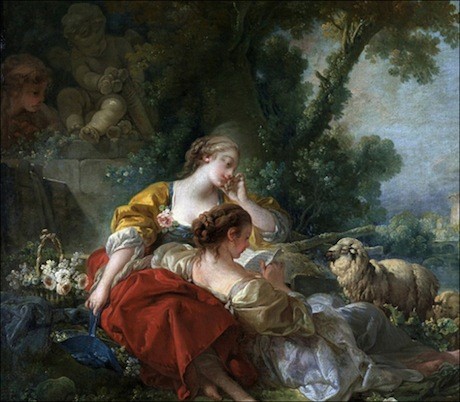
Located at 158, boulevard Hausssmann (in the 8th Arrondissement), this show at the Musée Jacquemart-André runs from now until July 21. The museum is open every day from 10 a.m. to 6 p.m. (late on Mondays and Saturdays). The museum’s swanky, popular café is open from 11:45 a.m. to 5:30 p.m. French fashion lovers should also visit the gift shop, which is stocked with a wide range of souvenirs.
For more great ideas on where to go and what to do in Paris, get the GO-Card—everything you want to know about how to eat, live, play and stay in Paris for less!
Related Links